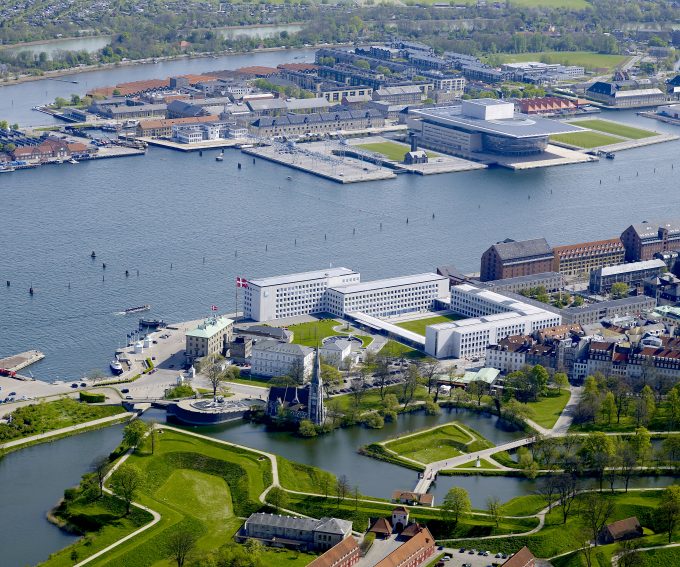De minimis change would be 'no bad thing' for logistics operators
Logistics suppliers appear increasingly unfazed by the chaos emanating out of the White House and ...

There was little surprise in either shipping or financial markets that Maersk delivered a disastrous trading update this month – the stars simply refuse to align, while recent corporate decisions and trading updates reveal a lot about how its management perceives financial and market risks these days.
Quarterly signs
Second-quarter results weren’t great, as we pointed out in August, but investors believed that the world’s largest box line was well prepared for the extreme market conditions that materialised soon after. In those days, ...
Volcanic disruption at Anchorage could hit transpacific airfreight operations
Macron calls for ‘suspension’ – CMA CGM's $20bn US investment in doubt
Forwarders stay cool as US 'liberation day' tariffs threaten 'global trade war'
Shippers snap up airfreight capacity to US ahead of tariff deadline
De minimis exemption on shipments from China to the US will end in May
Tighter EU import requirements proving 'a challenge' for forwarders
Looming Trump tariffs will create 'a bureaucratic monster' for Customs

Comment on this article
Trevor Heaver
February 23, 2016 at 2:27 amScale is a lever of profitability; but which scale?
There are so many levers to profitability in business that to analyse profitability against one dimension is fraught with danger. But in the shipping business, to use aggregate company size in some way (it could be revenue or fleet size) is likely wrong.
A better variable is likely average vessel size, although the effectiveness of this measure will be affected by variations among the route structures of companies.
However, although the economies of scale available with aggregate size of a shipping company have improved over the last 50 years, I still venture to suggest that the primary source of economies in liner shipping lie in ships size.
I would like to see this tried as a lever to profitability!
A. Pasetti
February 28, 2016 at 6:57 pmAnd I think you are right, Trevor — but that might just be the last lever it tries!
Don’t you think so? I’d do the same if I were the management team, anyway, if I were the market leader, and if I could lever up to kill competitors that might have tried to make a move in a different direction, in terms of corporate strategy.
Then, I’d offload all the possible losses to my lenders if my plan doesn’t work out.